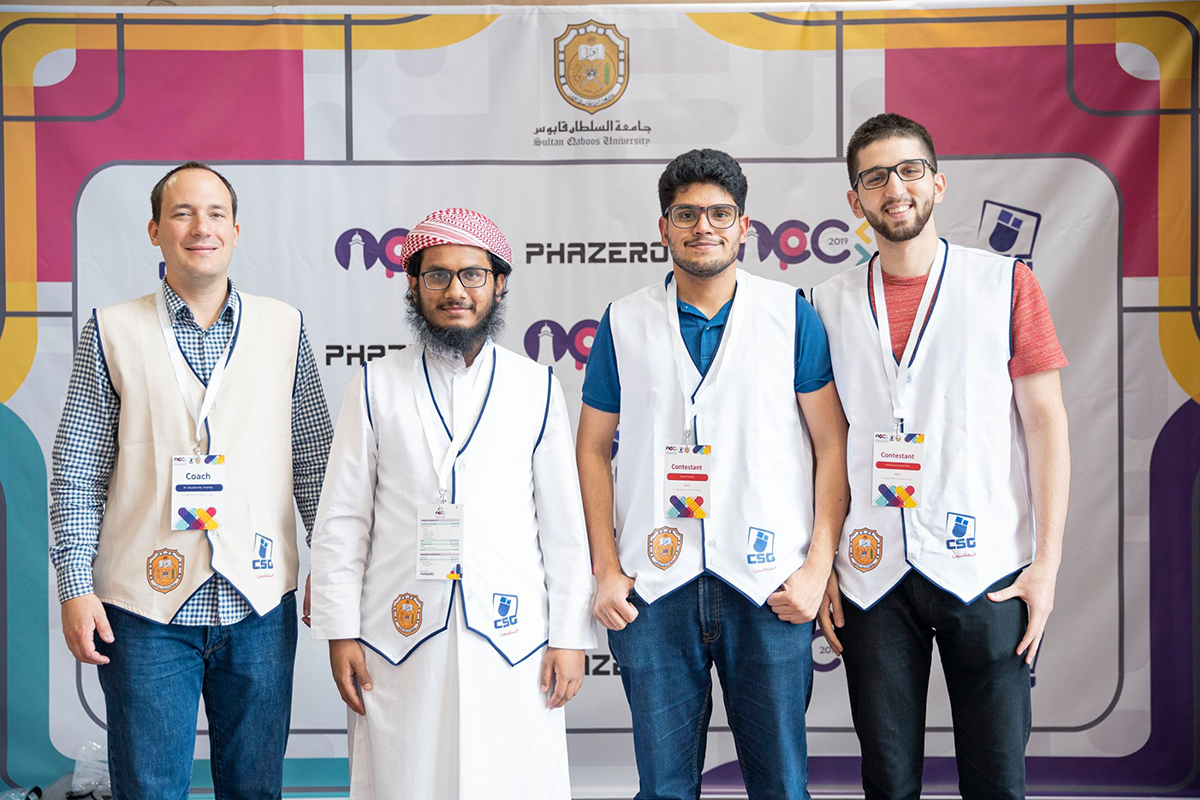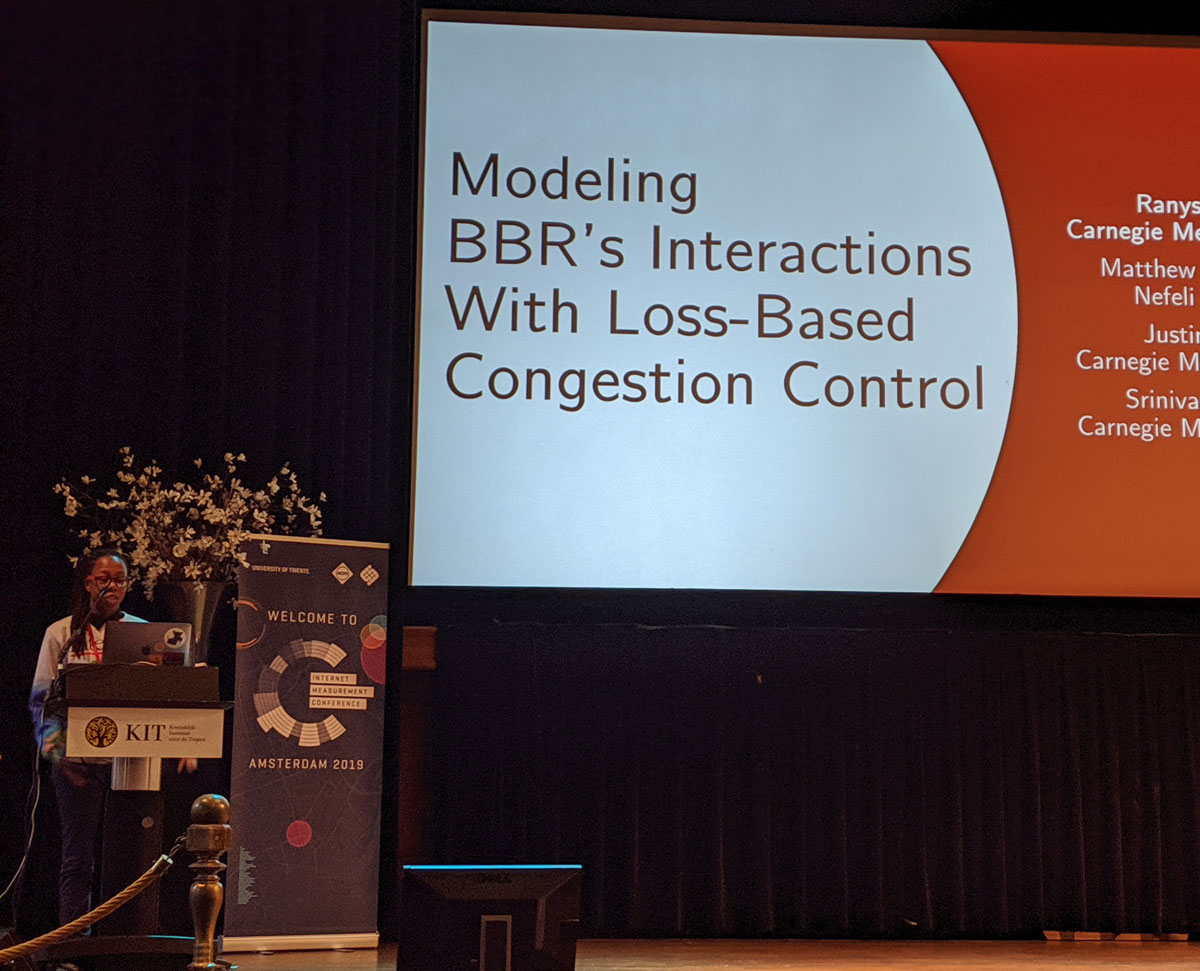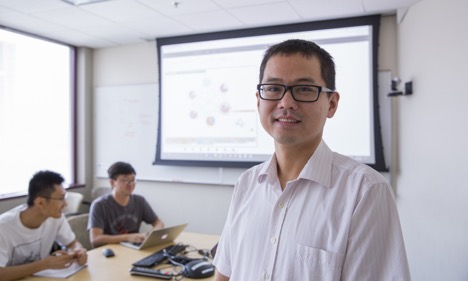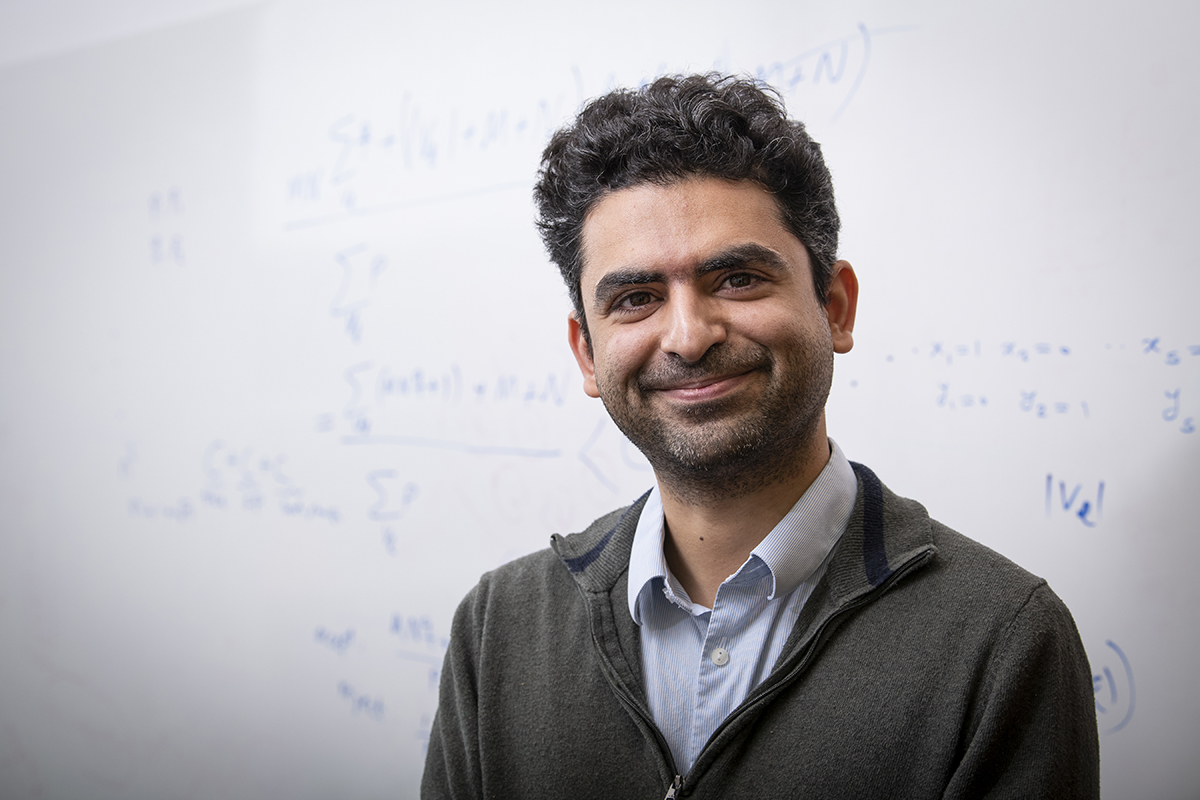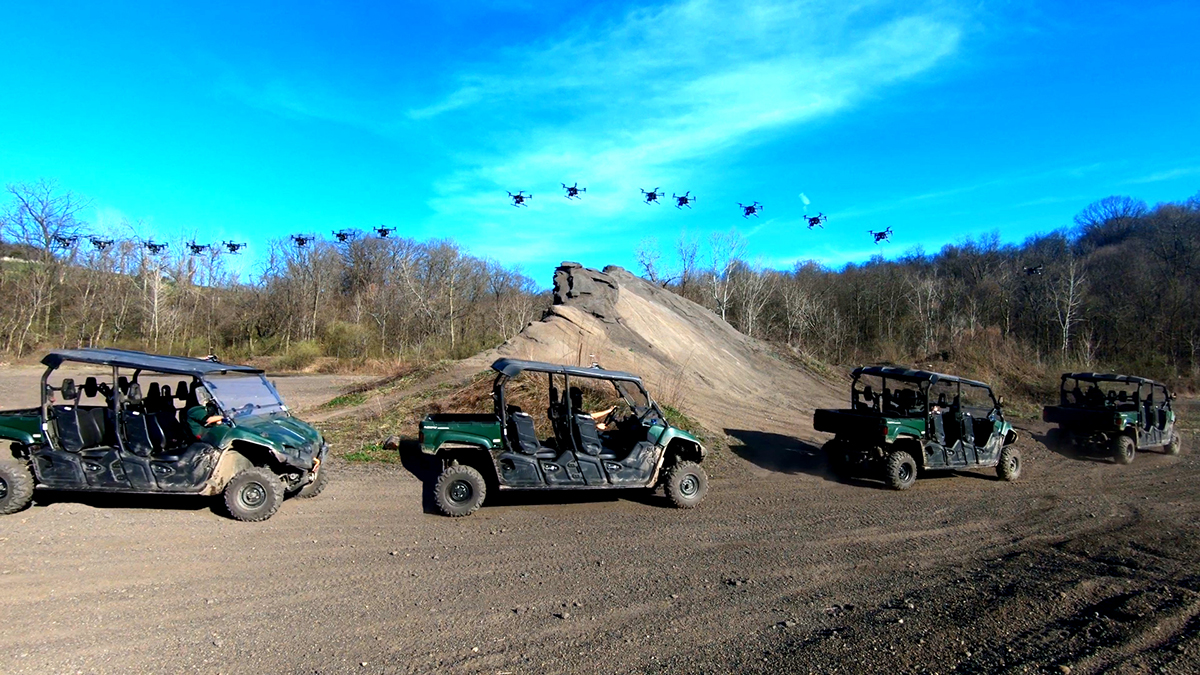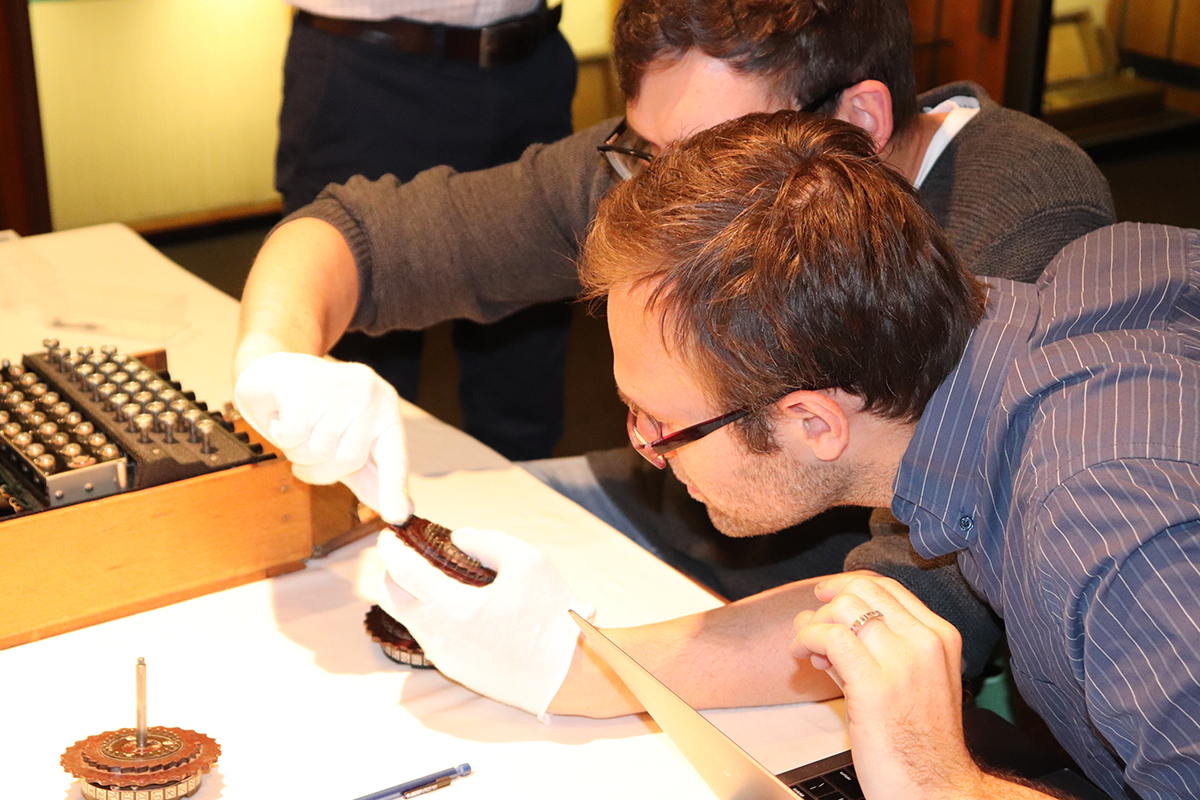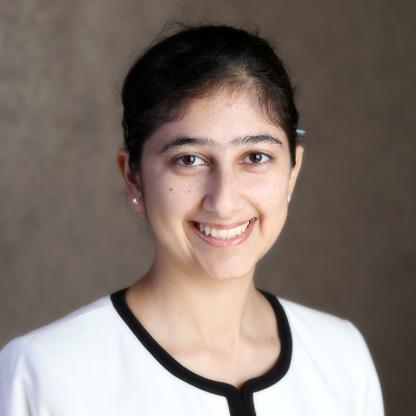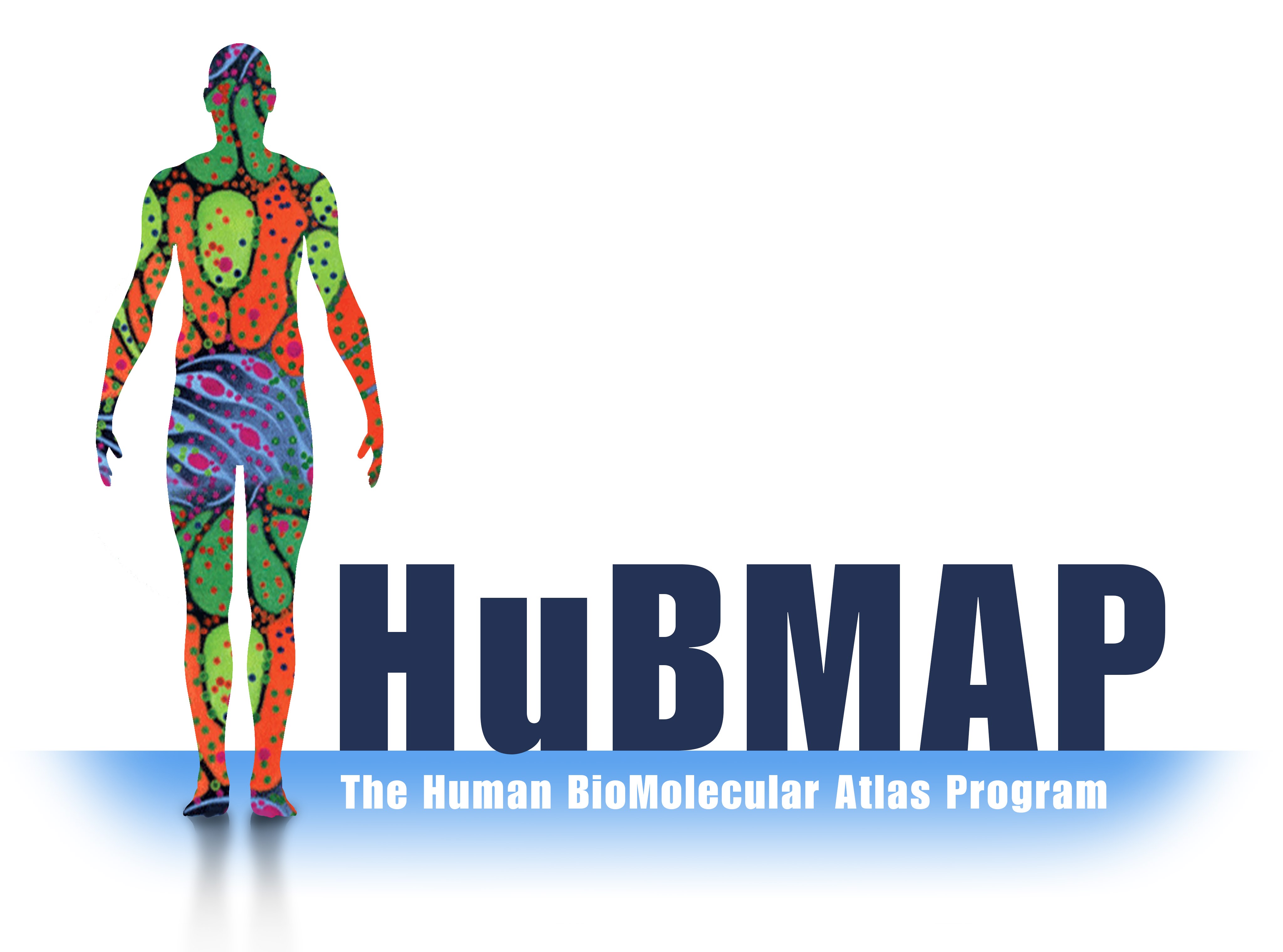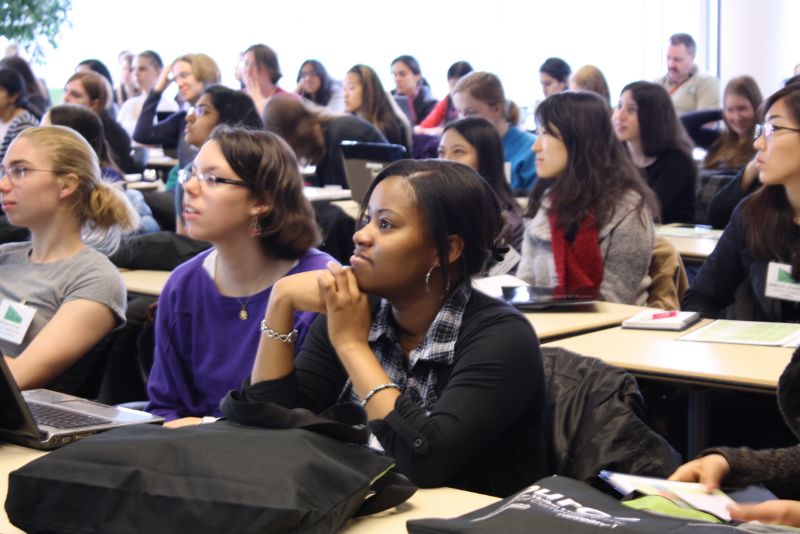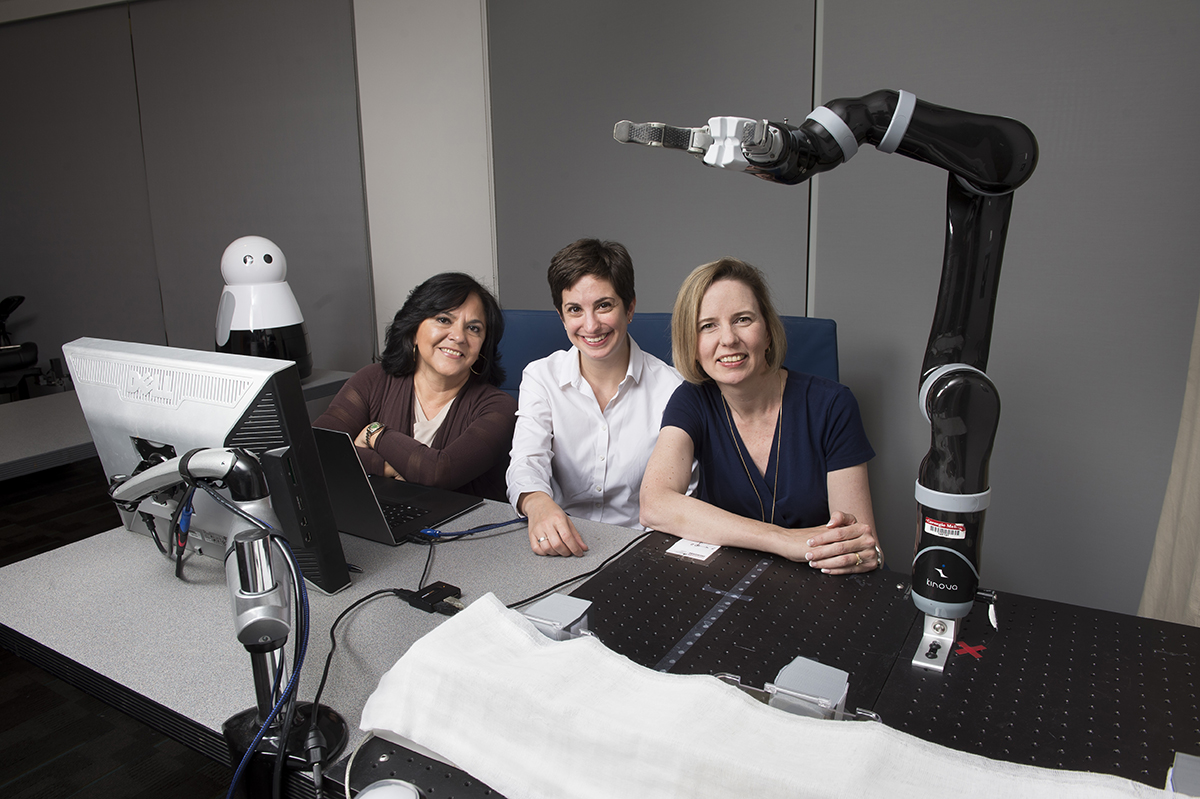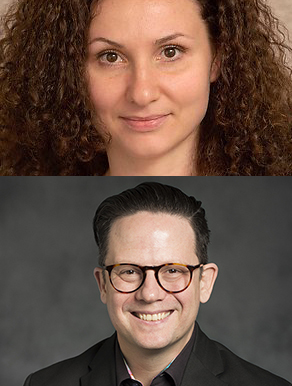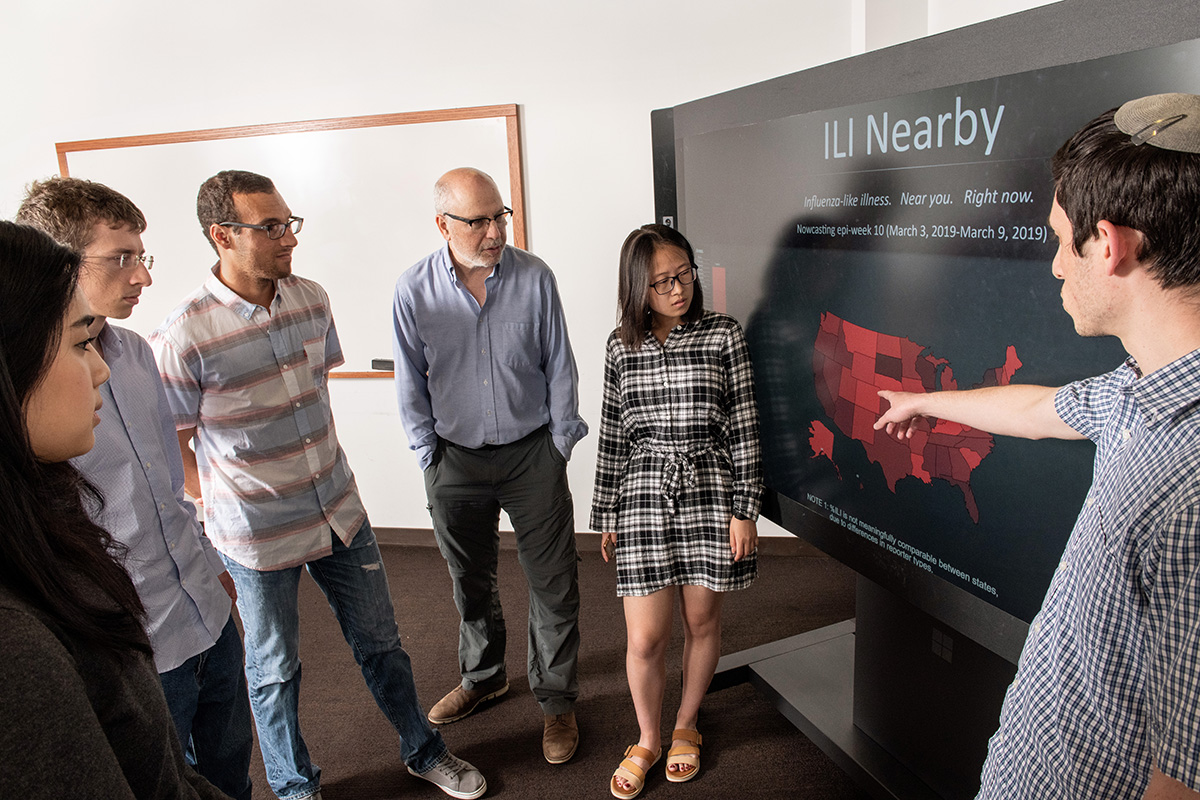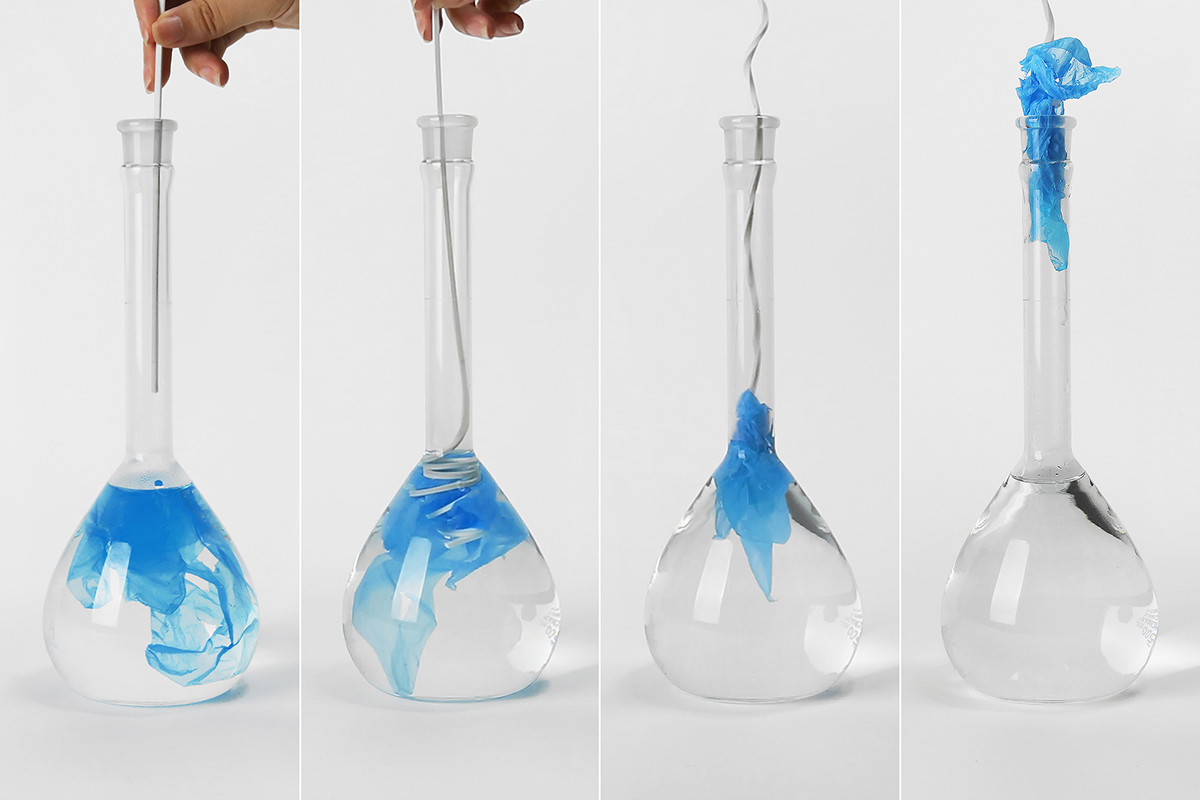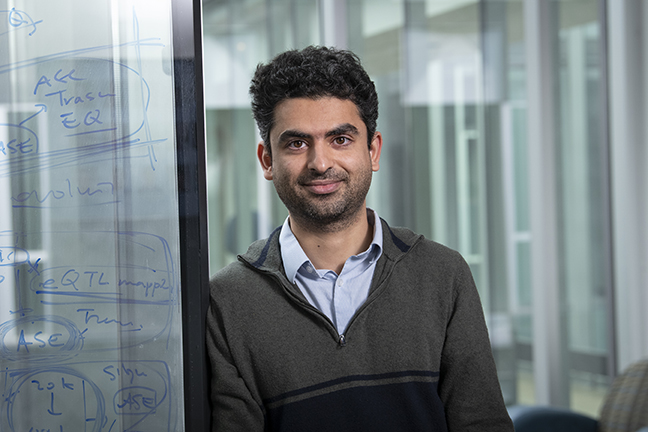Carnegie Mellon Team Wins Oman Programming Competition
For the second year in a row, a Carnegie Mellon University in Qatar (CMU-Q) student team won the top prize at the Oman Collegiate Programming Contest (OCPC). The competition was hosted by Sultan Qaboos University in Muscat. Mohammed Nurul Hoque, Muhammad Ahmad Khan and Zaryab Shahzaib (shown top right) placed first among the nearly 30 teams who competed. Hoque, who is now a computer science senior at CMU-Q, was also on last year’s winning team.

